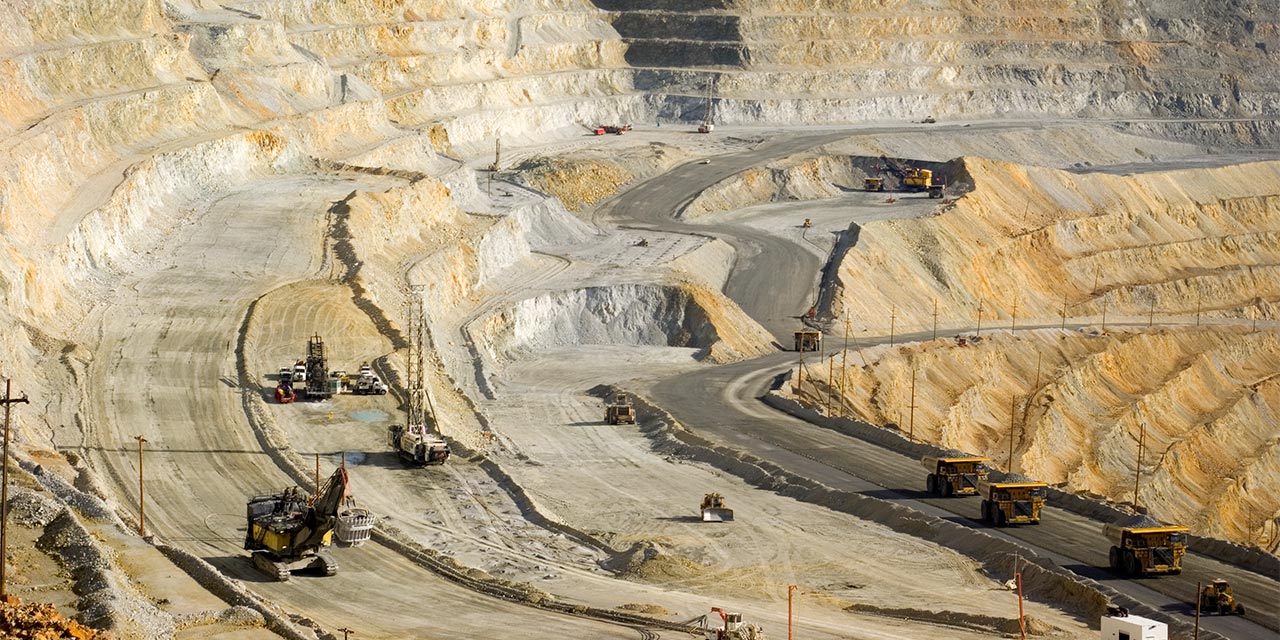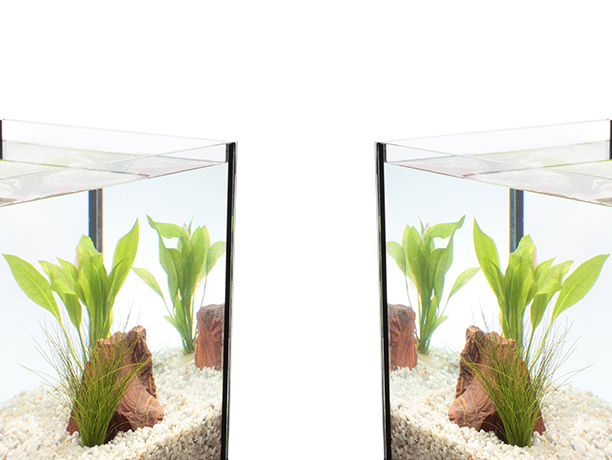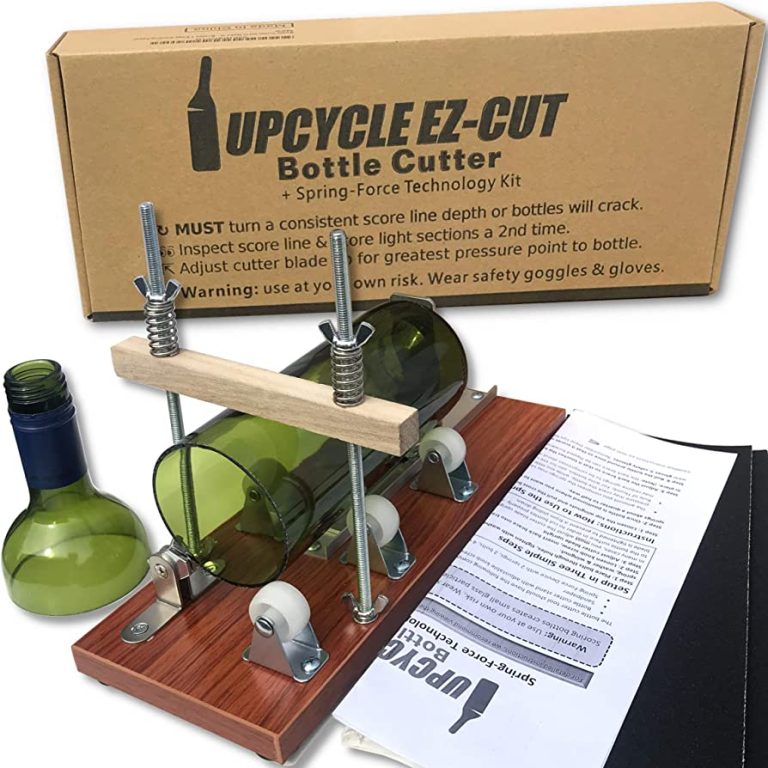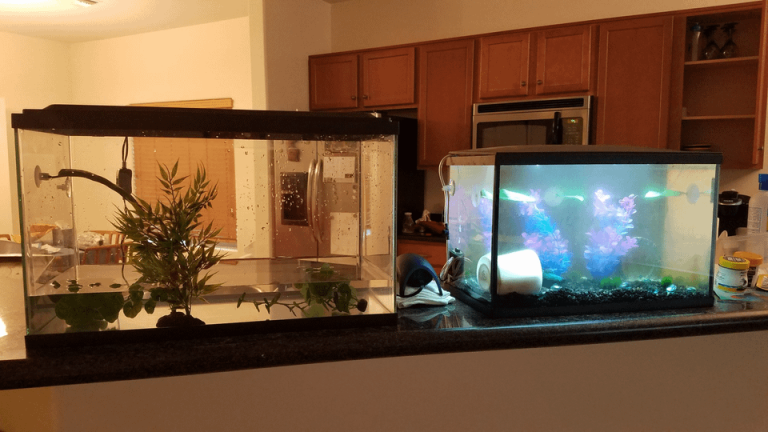Discover the Truth: Is Silica Sand Safe for Aquariums?
Silica sand is safe for aquariums and is commonly used as a substrate. Aquarium enthusiasts often use silica sand as a substrate in their aquariums due to its many benefits.
Silica sand is an inert and ph-neutral material that is easily available, budget-friendly, and easy to clean. It also provides ample surface area for beneficial bacteria to grow, which helps maintain the aquarium’s overall health. However, it’s important to note that not all silica sands are the same, and some may contain high levels of impurities or even chemicals that can be harmful to aquatic life.
Therefore, it’s essential to research and choose a high-quality and aquarium-safe silica sand before adding it to your aquarium.

Credit: manhattan.institute
Discover The Truth: Is Silica Sand Safe For Aquariums?
Aquariums are an ideal way to bring a bit of natural beauty into your living space. They come in various shapes and sizes and provide an opportunity to showcase aquatic life forms like fish, plants, and other creatures. However, as an aquarium enthusiast, you want to make sure that your tank is healthy and safe for its inhabitants.
That’s why you’re here, right? This blog post will help you find out if silica sand is safe for aquariums.
What Is Silica Sand?
Silica sand is a mineral composed of quartz or silicon dioxide. It is commonly used in a variety of industrial applications, such as making glass, ceramics, and concrete. It is also used in playgrounds, sports fields, and other landscaping projects.
How Is Silica Sand Used In Aquariums?
Silica sand is often used in aquariums as a substrate or bottom layer. It is particularly popular in freshwater aquariums because it is inexpensive and easy to find. Many aquarium owners like the look of silica sand as it provides a natural look.
What Are The Risks Associated With Using Silica Sand In Aquariums?
While silica sand is often used in aquariums, it is not without risks. Here are some potential risks to consider:
- Silica sand can be abrasive and may damage the gills and fins of some fish species, particularly those with delicate fins like bettas and angelfish.
- Silica sand can also create a build-up of hydrogen sulfide gas, which is toxic to fish.
When choosing a substrate for your aquarium, it’s important to keep these factors in mind and to do your research before making any decisions. Remember, the safety and wellbeing of your fish and aquatic plants should always be your top priority.
The decision whether or not to use silica sand as a substrate in your aquarium ultimately comes down to personal preference and research. By knowing the potential risks, you can make an informed decision and create a healthy and safe living environment for your aquatic pets.
Assessing The Safety Of Silica Sand In Aquariums
Silica sand is a common substrate used in aquariums due to its availability and affordability. However, aquatic enthusiasts have raised concerns about its safety for aquarium use. In this section, we assess the safety of silica sand in aquariums and its potential risks and benefits.
Comparison Of Silica Sand With Other Substrate Options
Choosing the right substrate is crucial to maintain a healthy and safe aquatic environment for your fish and plants. Here’s how silica sand compares to other substrate options:
- Gravel: A commonly used substrate that provides excellent drainage and is easy to clean. However, it can be sharp and may not be suitable for bottom-dwelling fish.
- Sand: Provides a natural look to aquariums and a comfortable environment for bottom-dwelling fish. However, it can be easily compacted and may lead to anaerobic pockets.
- Soil: A great option for planted aquariums as it contains nutrients required for plant growth. It can also lead to ammonia spikes if not properly cycled.
- Silica sand: Provides a great alternative to sand as it is less prone to compacting and can be easily cleaned. However, it lacks nutrients required for plant growth.
Scientific Studies On The Safety Of Silica Sand In Aquariums
Several scientific studies have been conducted to assess the safety of silica sand in aquariums. These studies have shown that silica sand is safe for use in aquariums as it does not release any harmful substances under normal aquarium conditions.
However, it is important to note that using silica sand from unknown sources that may contain impurities can be harmful to your aquatic pets. Therefore, always choose high-quality silica sand from reputable suppliers.
Analysis Of The Potential Risks And Benefits Of Using Silica Sand In Aquariums
Silica sand offers several benefits when used in aquariums, including:
- Its natural appearance provides a great base for creating a natural aquatic environment.
- It is affordable and readily available in most pet stores.
- It is easy to clean and requires minimal maintenance.
However, there are also potential risks associated with using silica sand in aquariums, including:
- Silica dust can cause respiratory issues if inhaled during the initial setup.
- It lacks nutrients required for plant growth, which may require additional fertilization.
- Sharp edges of the sand particles can be harmful to some aquatic species such as bottom-dwelling fish, snails, and shrimps.
Silica sand is a safe and affordable substrate option for aquariums. However, it is important to carefully assess the risks and benefits of using silica sand and choose high-quality sand from reputable suppliers.
Factors To Consider Before Using Silica Sand In Your Aquarium
Silica sand is a commonly used substrate in aquariums due to its availability and affordability. However, before adding it to your aquarium, there are several factors to consider to ensure the safety of your aquatic pets.
Understanding The Requirements Of Your Aquarium Inhabitants
Different species of fish and other aquatic animals have varying requirements, particularly when it comes to the type of substrate in their aquarium. Consider the following:
- Bottom-dwelling fish like loaches require sand substrate to scavenge for food.
- Burrowing species like gobies need fine-grain sand to build their burrows.
- Fish that prefer a rocky environment like cichlids typically don’t favor sand.
Make sure to research the specific needs of your aquarium inhabitants before adding silica sand.
The Size And Type Of Silica Sand That Is Appropriate For Your Aquarium
Not all silica sand is the same when it comes to aquarium use. Here are some factors to consider when selecting the right type of silica sand:
- Grain size: Larger grains can cause irritation to delicate species, while fine grains may compact and produce toxic pockets of hydrogen sulfide.
- Coating: Make sure the silica sand you select is not coated with any chemicals or dyes.
- Type: Avoid silica sand that could change the water’s ph or hardness, such as beach or construction sand.
Carefully inspect and choose a safe and appropriate type of silica sand for your aquarium.
The Quantity Of Silica Sand Needed For Your Aquarium
Adding too much or too little silica sand to your aquarium can cause issues such as anaerobic bacteria buildup or uneven water flow. Here’s how to calculate the right amount of substrate for your tank:
- Measure the length and width of the bottom of the aquarium, then multiply the two to get the total area in square inches.
- Divide the total area by the desired depth of the substrate in inches.
- Divide the resulting number by 61 to convert from cubic inches to pounds.
Make sure to add the calculated amount of silica sand gradually, rinsing it thoroughly beforehand to remove any dust or debris.
While silica sand can be a great addition to your aquarium, make sure to consider these factors to ensure the safety and well-being of your aquatic pets. By choosing the right type of sand and adding the proper amount, you can create a beautiful and healthy environment for your aquarium inhabitants.
How To Safely Use Silica Sand In Your Aquarium
Precautions To Take Before Adding Silica Sand To Your Aquarium
Adding silica sand can be an inexpensive way to give your aquarium a natural look while also providing a safe foundation for your aquatic plants. However, before adding silica sand to your aquarium, there are some precautions you should take to ensure the safety of your fish.
Here are a few things to keep in mind:
- The first thing to consider is the size of the sand particles. You want to make sure that the sand you use has been specially designed for use in aquariums. If the sand particles are too small, they can become suspended in the water and cause harm to your fish. Additionally, if they are too large, they can damage your fish’s delicate fins. A particle size of 0.5 to 1 millimeter is recommended.
- It’s also essential to rinse the sand thoroughly before adding it to the aquarium. This step will help to remove any fine particles or debris that could cloud the water and harm your fish.
- Lastly, it’s important to test the ph of the water in your aquarium before adding the silica sand. Silica sand has a high potential to raise the ph level in the water, which can be harmful to certain fish and aquatic plants.
Steps To Follow When Installing Silica Sand In Your Aquarium
Now that you’ve taken the necessary precautions, here are some steps to follow when installing silica sand in your aquarium:
- Before adding the sand, make sure to remove any existing gravel or decor from the bottom of the aquarium.
- Pour the silica sand into the aquarium in a controlled manner. Be sure to spread the sand evenly across the bottom of the tank.
- Use a clean, stiff-bristled brush to lightly brush the sand and remove any air pockets that may have formed during the pouring process.
- Once the sand is evenly distributed, add water to the tank slowly, allowing it to settle the sand naturally.
Additional Measures To Ensure The Safety Of Your Aquarium Inhabitants
While taking the above precautions and following the installation process is essential, there are a few additional measures you can take to ensure the safety of your aquarium inhabitants:
- Regularly test your aquarium water for ph levels, ammonia, nitrite, and nitrate. These tests will help you identify any potential issues and allow you to correct them before they become problematic.
- Use a high-quality aquarium water conditioner to neutralize any chlorine or other chemicals present in the water.
- Avoid overstocking the aquarium with fish. Overcrowding your aquarium can lead to excess waste and increased nitrogen levels, which can be harmful to your fish.
- Finally, perform regular water changes and keep your aquarium clean. This step will help you maintain healthy water levels and keep your aquarium inhabitants safe and happy.
Using silica sand in your aquarium can provide an attractive and safe foundation for your aquatic plants and fish. By following the precautions and steps outlined above and taking additional measures to ensure the safety of your aquarium inhabitants, you can enjoy a beautifully decorated and healthy aquarium.
Frequently Asked Questions On Is Silica Sand Safe For Aquariums
Is Silica Sand Safe For Aquariums?
Silica sand can be safe for aquariums if it’s thoroughly cleaned and labeled as aquarium safe.
Can Silica Sand Kill Fish?
Silica sand won’t kill fish if it’s properly prepared and doesn’t contain harmful chemicals or bacteria.
How Often Should You Replace Aquarium Sand?
Generally, aquarium sand should be replaced every 3-5 years, or more frequently if it becomes damaged or dirty.
How Do You Clean Silica Sand For Aquariums?
To clean silica sand for an aquarium, rinse it thoroughly with clean water several times and use a fine mesh strainer to remove any debris or dust particles.
Conclusion
After considering all the facts and options, we can conclude that silica sand is safe for aquariums. With proper preparation and precautions, such as washing and sterilizing the sand before using it, silica sand can enhance the aesthetics of your aquarium while providing a natural substrate for your aquatic pets.
It is also an affordable and readily available option for aquarium owners. However, it is important to note that all aquarium substrates come with their own advantages and disadvantages, so it is crucial to research and choose the best substrate based on your specific needs and preferences.
Moreover, regular cleaning and maintenance of the aquarium is essential to keep the balance of the ecosystem and ensure the health and well-being of your fish and plants. By making informed decisions and following good aquarium practices, you can create a beautiful and safe aquatic environment for your pets to thrive in.






